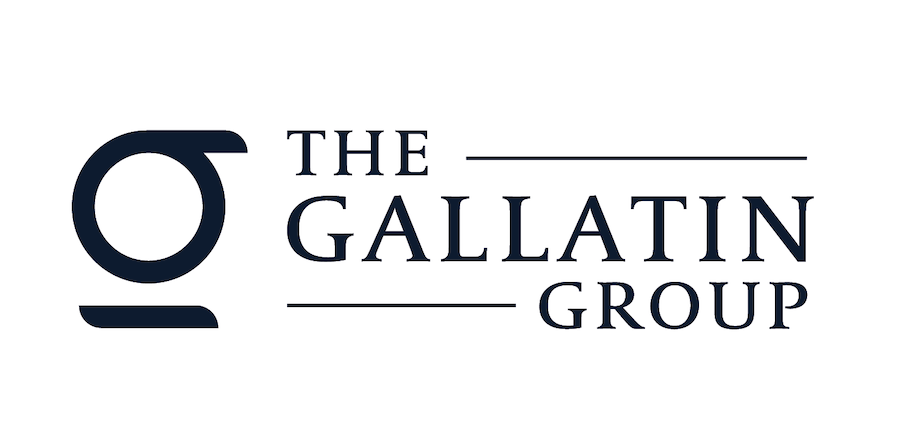The Shelf Charter: An Overlooked Pathway to Banking
President Kennedy once remarked that the Chinese characters for 'crisis' reflect both danger and opportunity. That sentiment aptly characterizes the current environment for bank investors.
Financial sponsors, technology companies and other operators seeking to obtain bank charters are afforded significant opportunities in the deregulatory climate. These same entities, however, must navigate capital-market and timing hurdles combined with industry-related challenges.
For new entrants, the shelf charter is an overlooked and timely pathway into banking.
What is the Shelf Charter?
A shelf charter is a conditional, non-operational bank charter (i.e., "placed on a shelf" pending its use) granted by the Office of the Comptroller of the Currency (OCC) or relevant state licensing authority. This charter allows for broader participation by private-equity and other nonbank investors in acquiring deposit liabilities and assets from failed depository institutions.
Competitive Advantage
Nonbank investors are often precluded from participating in failed-bank deals. This is because only FDIC-insured institutions can hold deposits. The failures of Silicon Valley Bank, Signature, and First Republic underscored regulators’ preferences for chartered institutions in failed-bank acquisitions.
The shelf charter affords its users a competitive advantage as it allows for the assumption of FDIC-insured deposit liabilities, which nonbank investors cannot legally assume or otherwise hold. As a result, holders of the shelf charter can fully participate in the FDIC competitive bidding process alongside regulated banks, rather than being restricted to only bidding on failed-bank assets post hoc. The likelihood of success increases substantially for bidders seeking to acquire both the deposit and asset franchise of a failing institution.
Timing, Planning and Execution
For fintechs, sponsors, and holding companies seeking to buy rather than build, shelf charters can also create regulatory access and transactional speed without the burden of immediate operational overhead.
Unlike a traditional charter that requires a fully operational institution from day one, the shelf charter offers conditional approval but remains dormant until activated. This affords applicants more time and flexibility before launching full bank operations.
Shelf Charter vs. Traditional Charter
Who Should Consider a Shelf Charter?
Shelf charters are most appropriate for:
- Private equity funds and credit sponsors with M&A capability in financial services
- Fintechs and digital-asset firms ready to internalize regulatory infrastructure
- Holding companies and family offices pursuing long-term banking platforms
- Seasoned operators seeking to lead new regulated entities via acquisition
Lessons from the Field
Members of our team were directly involved in the acquisition of Premier American Bank in Miami, Florida, one of the earliest shelf charter transactions. This deal showcased how the shelf charter can enable qualified buyers to move quickly and strategically in FDIC-assisted acquisitions. Read the OCC’s release here.
In late 2023, the OCC quietly revived the shelf-charter tool by approving Porticoes Capital as the first new shelf charter in more than a decade. This approval marked a return to this little-used structure with renewed relevance in today's market.
What It Takes
Shelf charters are not shortcuts. Gaining regulatory approval will still require a strong organizing team, credible business plan and regulatory alignment, management, governance, and compliance plans, among other things.
Applicants should expect to satisfy certain traditional bank charter requirements as well:
- A qualified board and management team
- Direct engagement with regulators
- Capital adequacy requirements
- Compliance readiness
Unlike a traditional charter, applicants do not need to operate or actually fund the bank until timing is appropriate. This is advantageous given uncertainty in the current environment.
The OCC and analog state regulators do not issue shelf charters regularly. These are cyclical tools used during times of market volatility and when the FDIC anticipates a substantial number of future resolutions, thus needing to expand its pool of qualified buyers at the ready.

